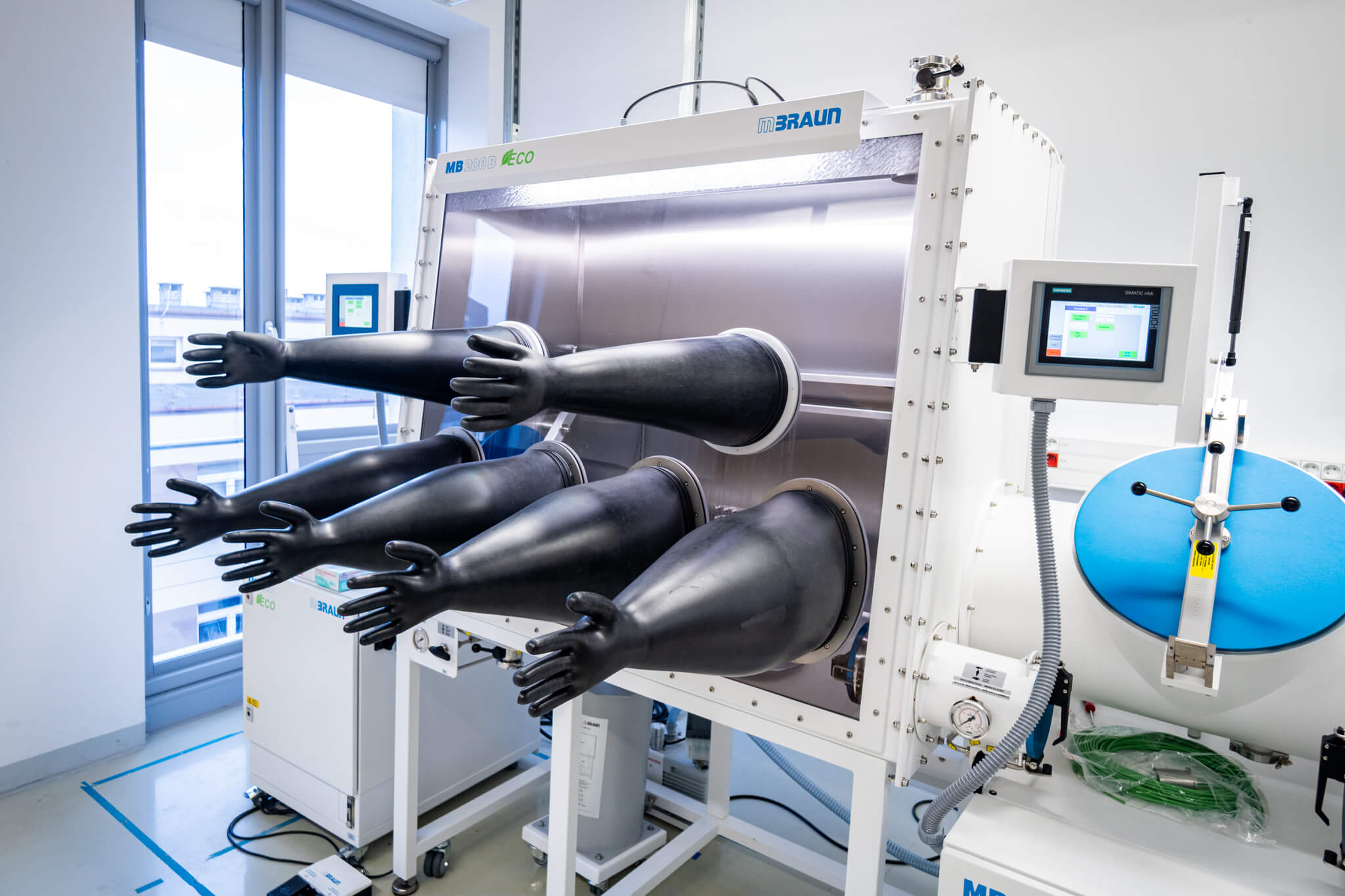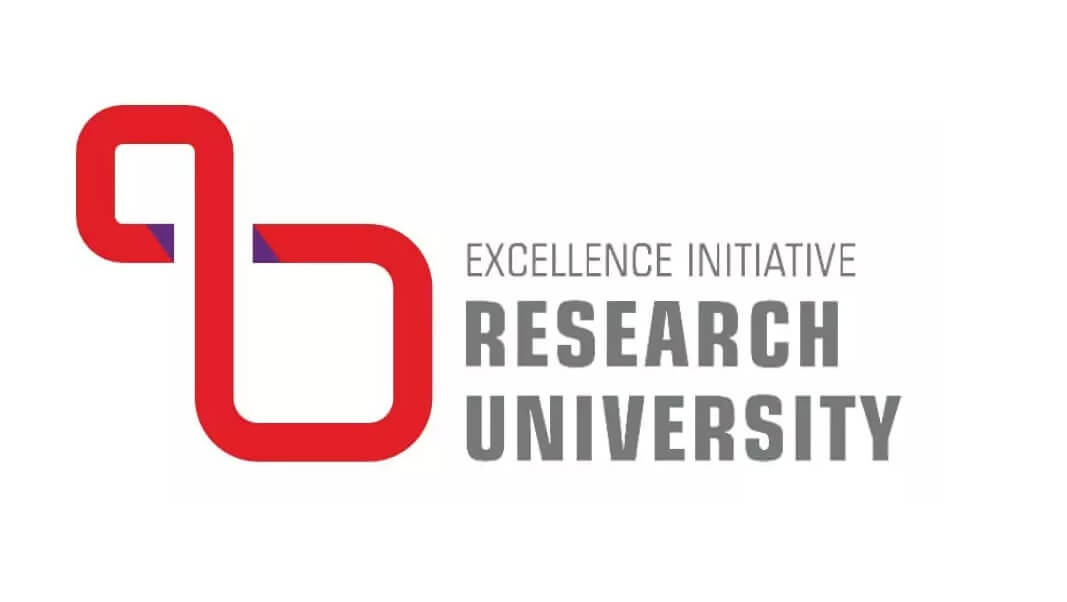New dual chamber glovebox will be used at the UW Faculty of Physics to smelt fluoride glass

09 01 2023
Category: IDUB research infrastructure
Thanks to a set of gloveboxes purchased with IDUB funds, a group of researchers from the UW Faculty of Physics will be able to smelt fluoride glass, which will be used, among other things, for research into new micro- and nanostructured optical fibres and image guides for the UV and mid-infrared range.
The leader of the project under which the chambers were purchased is professor Ryszard Buczyński from the UW Faculty of Physics. For the purchase of the equipment, he received 350,000 zlotys under IDUB I.4.2 action, „Fund for the renovation and development of research infrastructure”, implemented under Priority Research Area II „Beyond Micro and Macro Worlds”.
Fibre optics play a huge role not only in telecommunications, but also in other fields such as transport, energy or sensorics. This is why research in this area is so important.
The unique properties of the glass
The fluoride glass that will be smelted in the newly acquired apparatus has a very broad transmission band. It can transmit both UV and mid-infrared light at the same time, which makes it an extremely attractive material in the field of detecting various types of chemical compounds, such as air pollution, for example. It also has a lower transmission loss than quartz glass, from which telecoms optical fibres are currently manufactured.
The laboratory will also produce doped glass, which can be used, for example, to produce lasers that generate ultra-short pulses in the mid-infrared range.
A process requiring special conditions and expertise
Such glasses are, however, extremely difficult to produce. They require a controlled, anaerobic and dry atmosphere, which is maintained precisely in the glovebox, and ultra-high-purity raw materials, the supply of which is very limited on the world market.
The manufacture of fluoride glasses also requires expertise, which the scientists in Professor Ryszard Buczyński’s group are among the few in the world to possess.
New opportunities
This purchase represents an important step forward. This is because the new technological possibilities, combined with the research competence, will increase the chances of the Ochota research groups to cooperate in international consortia at EU level and jointly apply for funding.
Cooperation
In the field of optomagnetic applications, Professor Buczyński’s team cooperates with numerous research groups from Poland – including Jagiellonian University, the Institute of Biotechnology and Molecular Medicine in Gdańsk or the Gdańsk University of Technology – as well as from abroad.
The researchers are also open to research collaboration, whereby they can, for example, provide samples of glass or fibre optics for joint research. For this, please contact Professor Ryszard Buczyński (ryszard.buczynski@fuw.edu.pl) or Doctor Mariusz Klimczak (mariusz.klimczak@fuw.edu.pl).
A detailed technical description of the infrastructure can be found here.
Photo: Jarosław Rybusiński, University of Warsaw.

